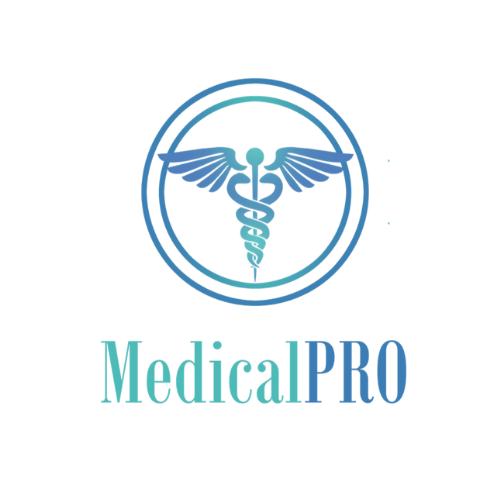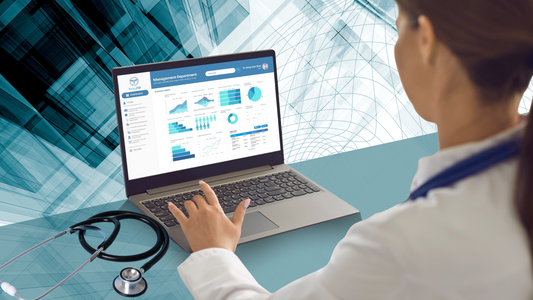Real results in ER, staffing, admin, and finance—with data you already have.
Across Southeast Asia, hospital leaders are under growing pressure to become “data-driven.” But for many, the idea of analytics sounds like a total system overhaul—one they don’t have the time, staff, or resources for.
The good news? That’s not what modern hospital intelligence looks like anymore.
At MedicalPro, we believe analytics should meet hospitals where they are—not the other way around.
That means empowering your current team, building on your existing data, and giving you visibility into your operations—without months of integration or expensive IT setups.
Here are 5 ways hospitals can start using data analytics right now—to create meaningful change without disruption:
1. Predict ER Load to Prevent Bottlenecks
ER overcrowding is a chronic issue, especially in high-volume public hospitals. But what if you could predict surges based on time of day, seasonality, and case types?
With predictive analytics, hospitals can anticipate peak hours and adjust triage or staffing in advance—reducing wait times and improving patient flow without adding new personnel.
✅ Real impact: Reduce ER wait time, increase staff efficiency, and improve patient satisfaction.
2. Optimize Nurse Shift Allocation with Real-Time Trends
Instead of relying on static shift patterns or gut feel, analytics can help nursing heads allocate staff based on historical patient volume, peak hours, and bed turnover trends.
This isn’t about micromanaging—it’s about smarter coverage, lower burnout, and better patient outcomes.
✅ Real impact: Lower overtime costs, reduce fatigue, and increase coverage during critical hours.
3. Improve Discharge Planning and Bed Turnover
One of the quiet killers of hospital efficiency? Discharge delays.
Analytics can identify departments or times of day where discharges slow down—giving operations leaders the visibility they need to fix blockages, not just manage them.
✅ Real impact: Faster admissions from ER, higher bed utilization, and better cash flow.
4. Track and Compare Departmental KPIs Automatically
Whether it’s ALOS (Average Length of Stay), readmission rates, or diagnostics turnaround, analytics platforms can create automated dashboards that highlight trends and outliers—without manual reports.
No more chasing spreadsheets. No more reactive decisions.
✅ Real impact: Faster executive alignment, data-backed board reporting, and continuous improvement culture.
5. Justify Budget Requests with Hard Data
Hospital leaders often struggle to get approval for tech, staffing, or procurement without hard numbers.
With analytics, you can present real-time dashboards and trends that justify your ask—turning every proposal into a performance discussion, not a debate.
✅ Real impact: Smoother approvals, clearer strategy alignment, and stronger leadership credibility.
💡 Start Where You Are. Scale As You Grow.
You don’t need to replace your entire system to be data-driven.
You just need visibility—the kind that shows you what’s working, what’s not, and what’s next.
At MedicalPro, we’re building analytics tools that are fast to deploy, easy to use, and tailored to the real-world context of Southeast Asian hospitals.
In the next article, we’ll show you why Southeast Asia needs a different kind of hospital intelligence—and what happens when you stop trying to force-fit global tools into local realities.
👉 [Continue: Why Southeast Asia Needs a Different Approach to Hospital Analytics]







